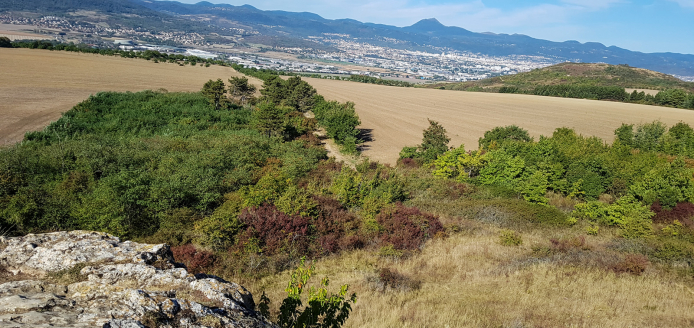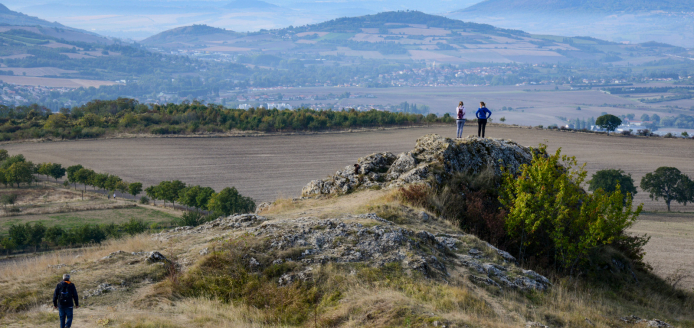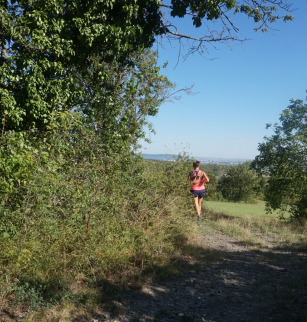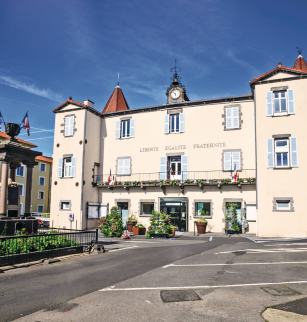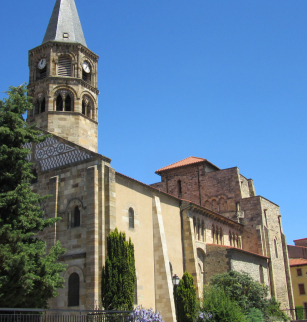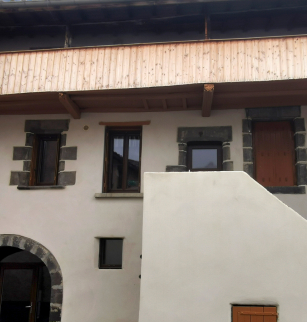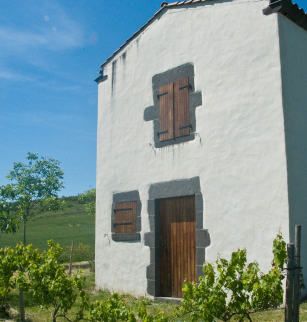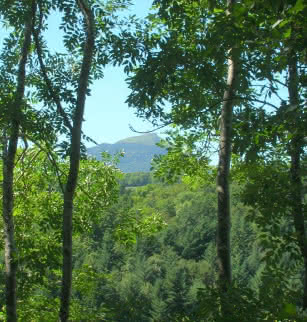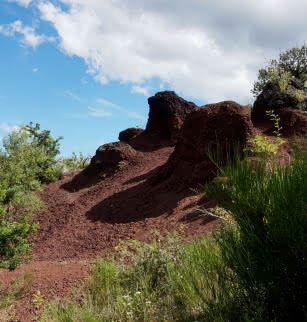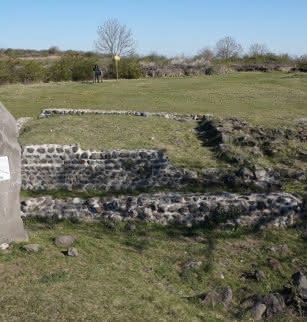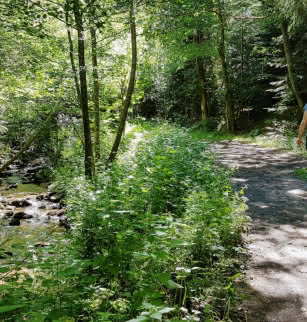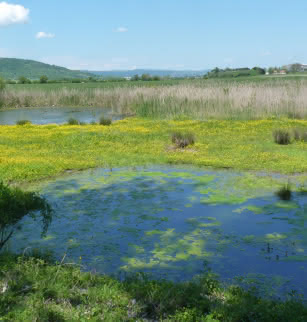Les coteaux secs de Cournon-d'Auvergne
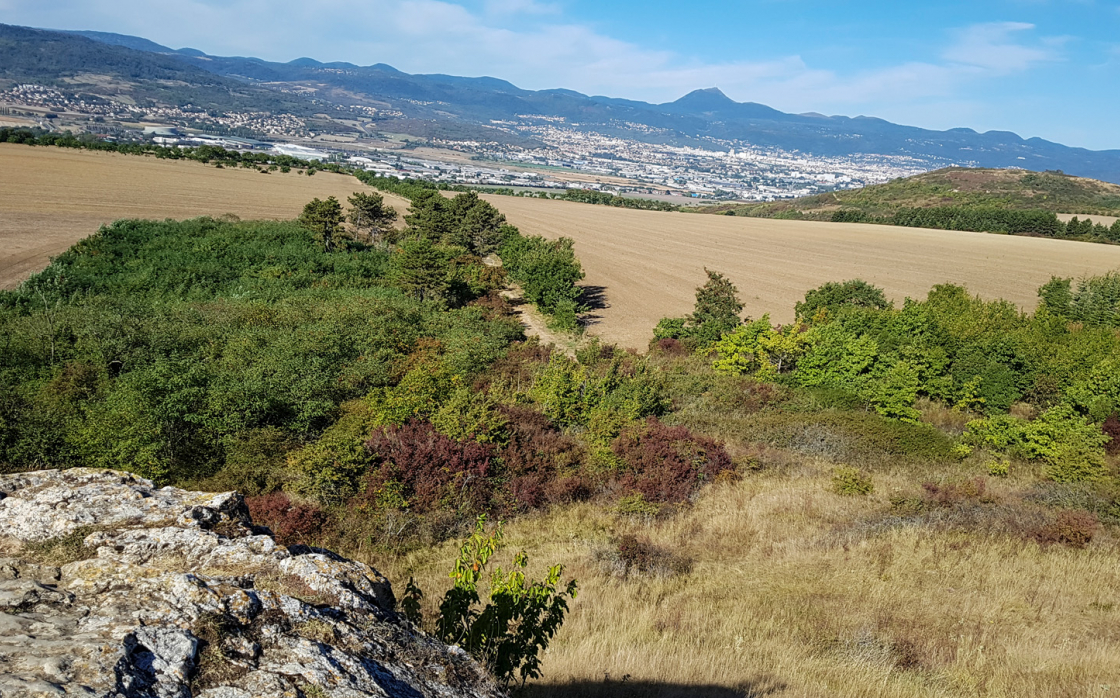
A protected site, the dry hillsides of Cournon-d’Auvergne formed by the Plateau des Vaugondières and the peak of the puy d’Anzelle offer a remarkable ecosystem that has resulted from a long farming history and a sheltered micro-climate.
To the north of Cournon-d’Auvergne, the Plateau des Vaugondières and the peak of the Puy d’Anzelle have made up a natural space of around 50 hectares as per a prefectoral decree to protect the biotope since 1992, and which is part of the Natura 2000 network. This network is an expression of the European union’s desire to preserve natural or semi-natural sites with important heritage value due to the exceptional plant and wildlife that they contain. The site’s plant and wildlife is the result of a long agricultural history and a sheltering micro-climate. The site is monitored and managed by the Ligue de Protection des Oiseaux (bird protection league).
An unusual agricultural history
At the end of the 19th century the plateau was covered with vines. Phylloxera and mildew forced the peasants to tear out the vine stock. These vines gave way to lawns where sheep came to graze. Then the plant and wildlife characteristic of dry lawns settled in. Maintained by sheep until 1960, the dry lawns are now preserved by people to prevent colonisation of shrubs and brush.
A little slice of Provence in Cournon-d’Auvergne
The area has a sheltering micro-climate due to the Foehn effect. Since the clouds are slowed down by the reliefs of the Sancy and Puys mountain ranges, precipitation is low but also rapidly absorbed by a marly limestone soil. This combined with southern exposure of the hillsides encourages a warmer climate. The plant and wildlife are characteristic of Mediterranean regions. Almost 270 flower species have been identified, some of which are protected due to their rarity. 54 species of diurnal butterflies and almost 30 nesting birds have also been identified.
Opening dates and times
All year round.
Prices
- Free access.

